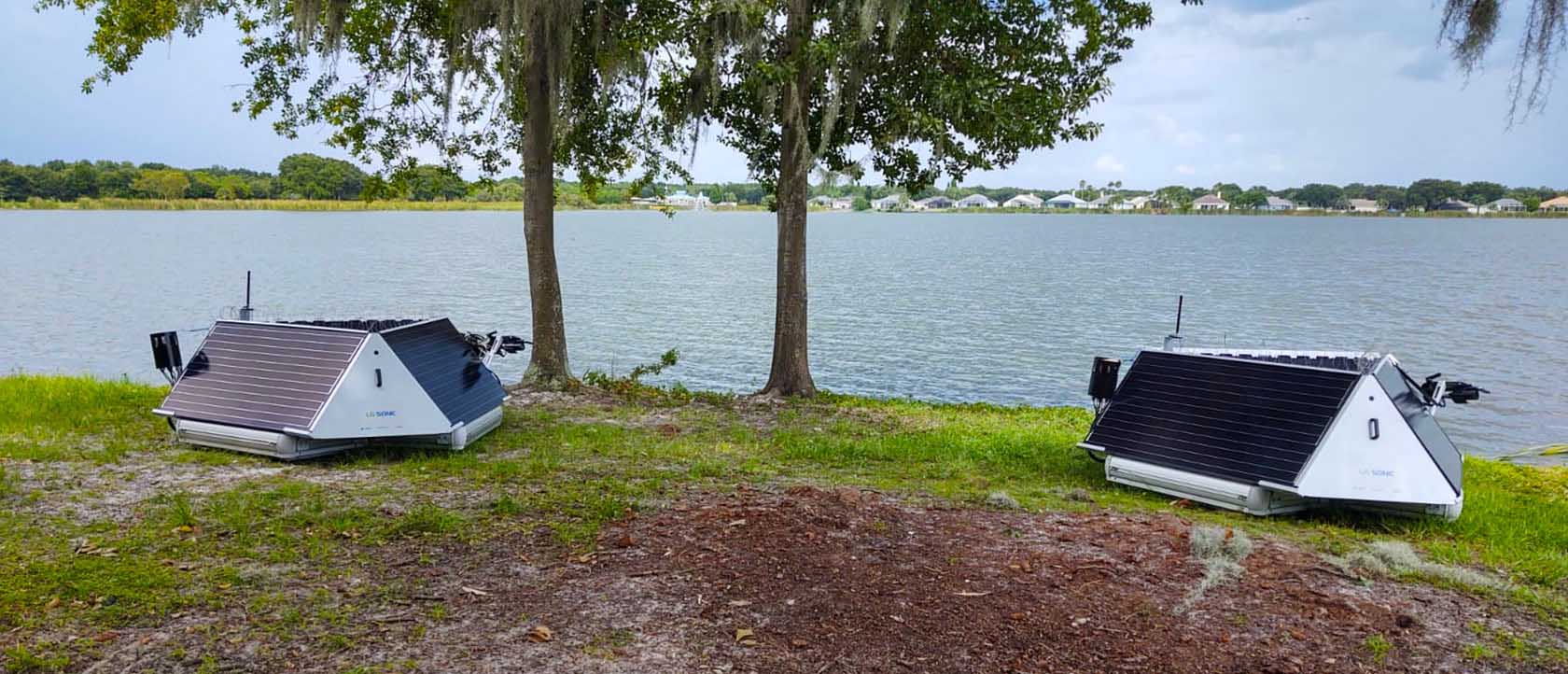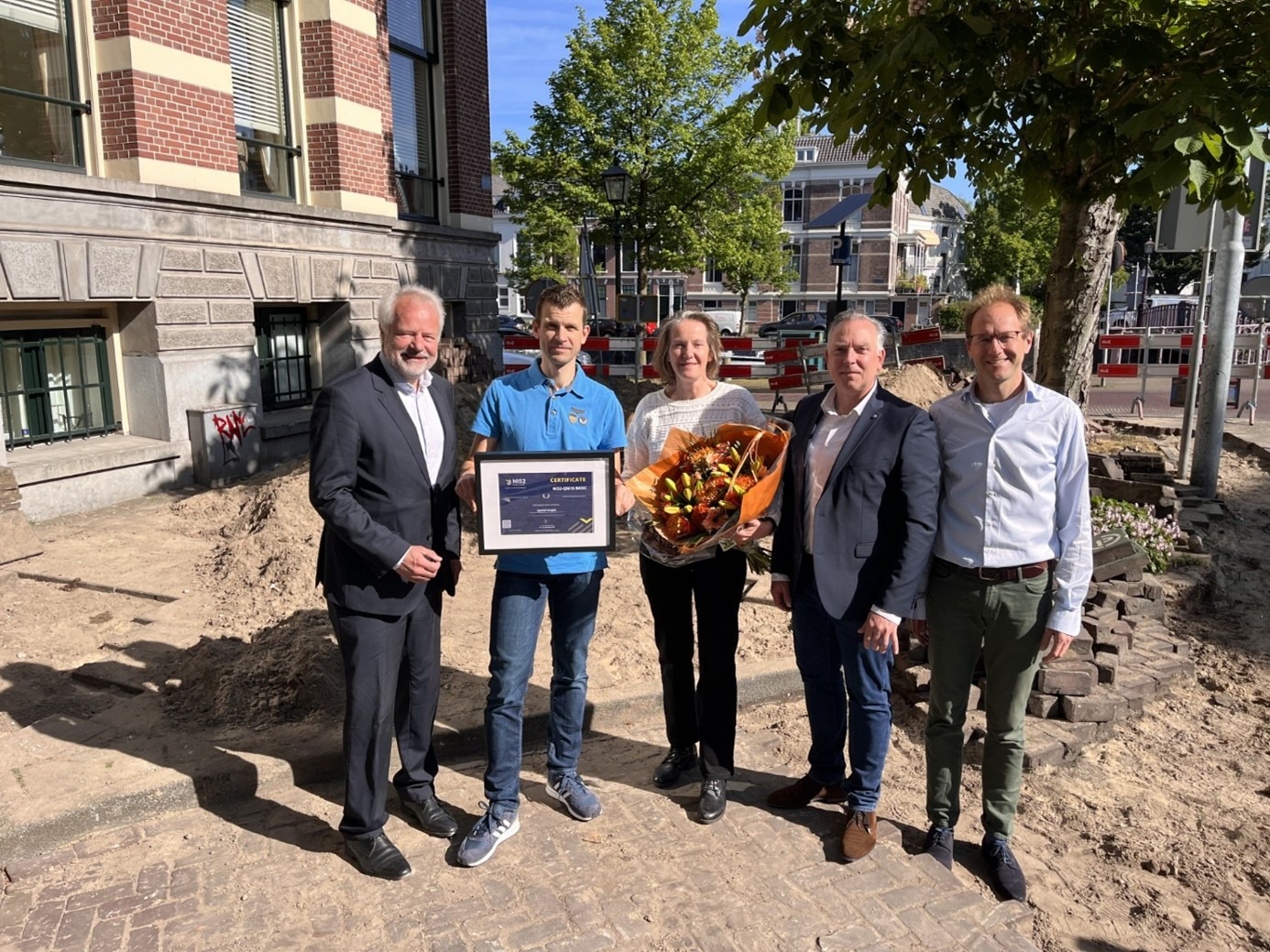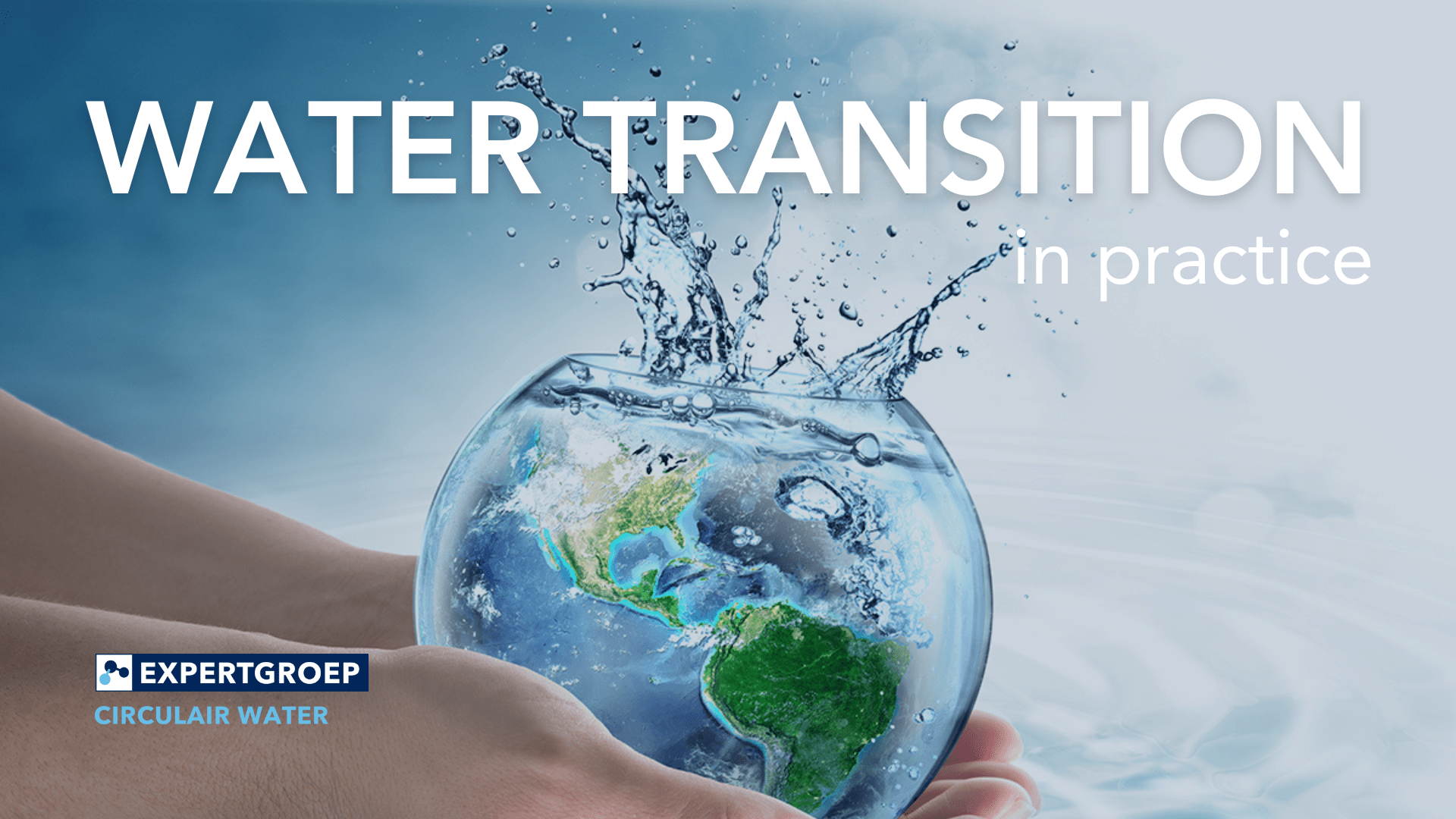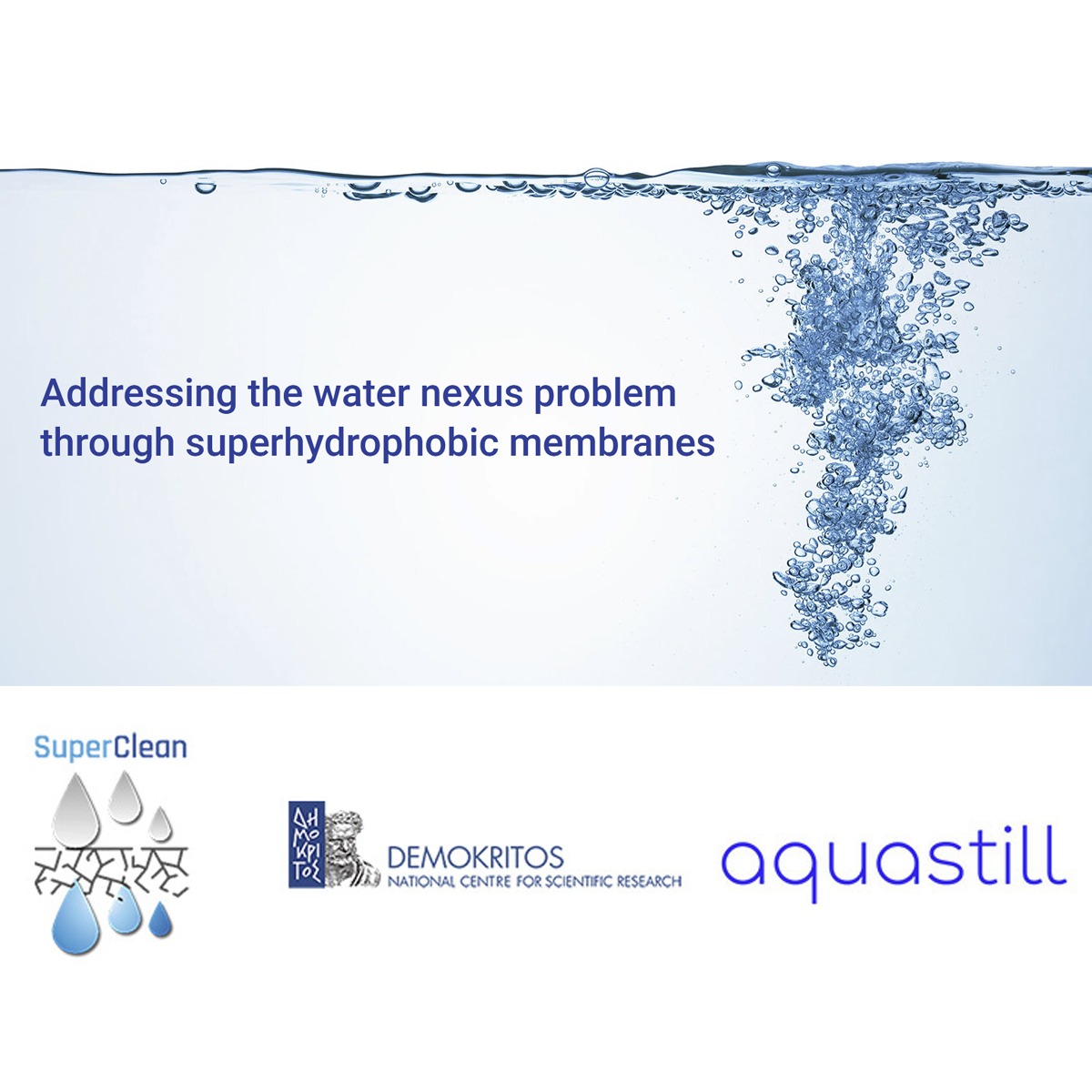Lake St. Charles Community Development District (CDD) and the Florida Department of Environmental Protection (FDEP) and Water Alliance member LG Sonic use its technologies for a algae bloom mitigation project on Lake St. Charles.
The project began on July 1st, 2021, and will end on October 1st, 2022. The technologies were chosen for treatment durability and cost-effectiveness and, if effective, could also be implemented in neighboring contaminated waters.
Lake St. Charles is a valued feature of the community and a hypereutrophic headwater for the Archie Creek watersheds, connecting to Tampa Bay.
The new project involves the installation of eco-friendly ultrasonic technologies that do not harm the environment unlike traditional algae treatments, which can lead to copper build-up in the sediment and result in a lack of beneficial bacteria in the water.
This new approach is therefore designed to work in harmony with the ecosystem and local community.
Mark Cooper, Property Manager for the past 13 years and Landscape Architect, said:
“I knew that this project aligned with our goals of becoming a resilient, greener and more sustainable community. Especially since it would dramatically improve the water quality in the community’s 69-acre focal point and namesake Lake St Charles.”He added:
“With global temperatures rising and the fact that our lake is only 9 feet deep at its deepest I also anticipated that algae in the lake would become an ever increasing and costly problem to deal with.”Harmful algae blooms (HABs) are a growing environmental concern, affecting all parts of the world. Excessive nutrient pollution entering water bodies, especially phosphorus and nitrogen, fuels the proliferation of HABs.
These blooms can cause serious illnesses in humans, animals, and fish, degrade water quality, and result in foul taste and smell.
Two ultrasonic devices (MPC-Buoys) manufactured by LG Sonic were deployed earlier in July. These devices combine real-time water quality monitoring, a web-based software, and ultrasound to combat algae blooms.
The MPC-Buoys emit low-power ultrasound into the water, creating a sound wave in the top water layer, impacting algae’s buoyancy. The algae then sink to the deeper layers of the water column, where they can’t access sunlight anymore. They decompose over time without releasing toxins into the water. This technology is safe for humans, fish, and plants.
Source: LG Sonic




